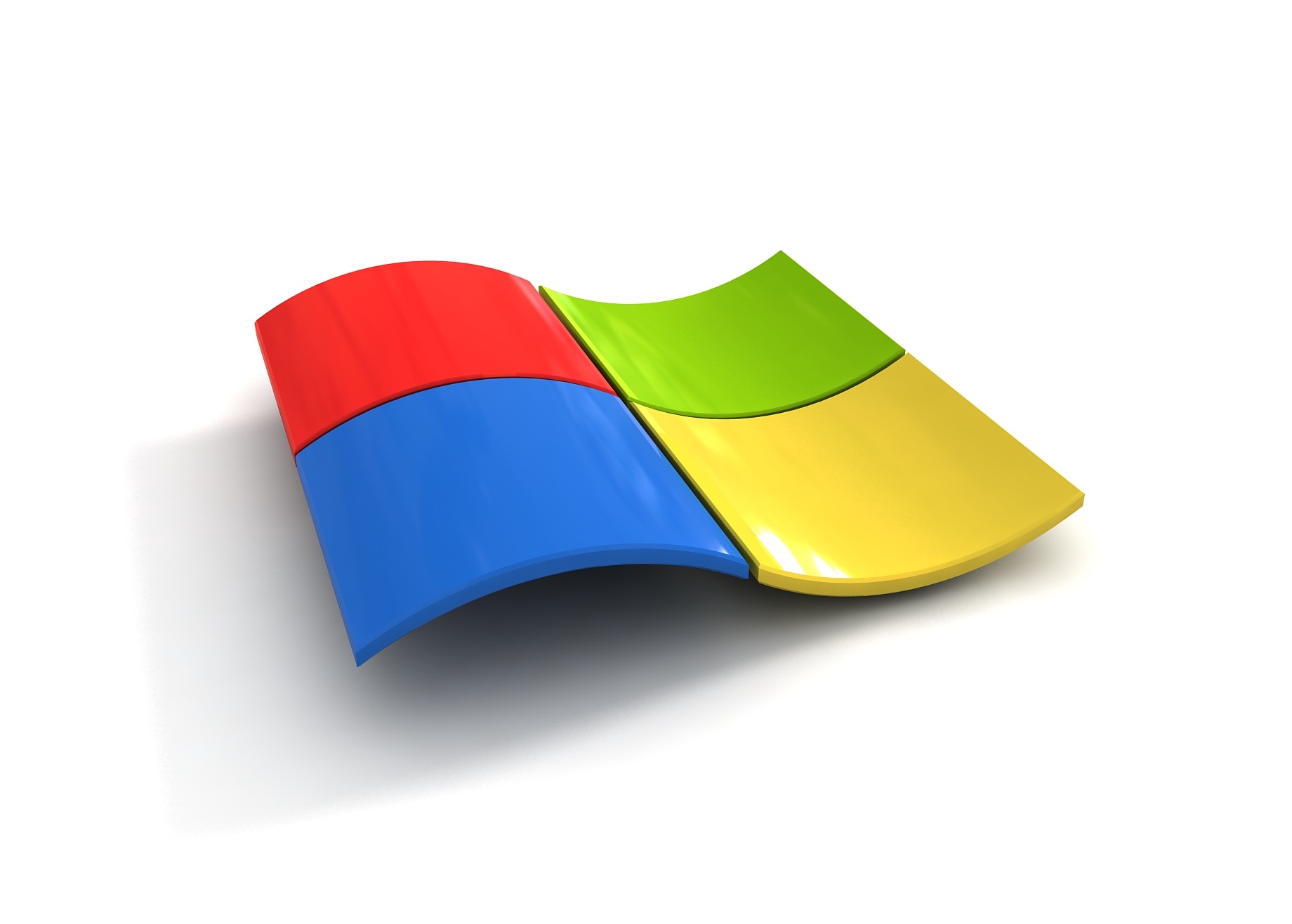

Microsoft has offered up the first major service pack (SP1) for Office 2013, as well as SharePoint 2013 and Exchange Server 2013.
The release aims to smooth over some of the bumps between the business productivity portfolio, the company’s latest OS builds, and the devices that run them.
In a 25 February blog post, Microsoft marketing manager Chris Schneider claimed that SP1 “delivers greater stability, expanded functionality, security enhancements and improved compatibility with Windows 8.1 and Windows Server 2012 R2.” Office 365 subscribers always have the “most up-to-date version of Office products” at their disposal, he added, referencing the cloud-enabled software’s accelerated update cadence.
The company recently rebranded SkyDrive following a court defeat in the UK last summer. BSkyB, a British broadcaster, successfully argued a trademark infringement case against the software giant, forcing Microsoft to adopt a new name for its cloud storage service.
SP1 includes Power Map for Excel (formerly GeoFlow), a 3D visualisation tool that is part of Microsoft’s PowerBI for Office 365 suite. The company’s answer to the big data skills gap, PowerBI utilises the Windows Azure cloud platform and provides user-friendly controls, filters and natural-language search, enabling Office 365 users to explore data on interactive maps in Excel.
The service pack also includes tweaks to the Click-to-Run Office 365 desktop apps streaming virtualisation technology. Microsoft continues to court developers with new Apps for Office APIs.
Some organisations had an early start with Exchange Server 2013 SP1, announced the company. “SP1 has already been deployed to thousands of production mailboxes in customer environments via the Exchange Server Technology Adoption Program (TAP),” said Microsoft in a statement.
Exchange Server 2013 SP1 marks the “return of S/MIME encryption for Outlook Web App users” and includes new data loss prevention (DLP) features that help businesses maintain a stronger grasp on sensitive information. One such feature is DLP Document Fingerprinting, which provides content detection capabilities that help administrators tailor their security and compliance policies. “For example, you can create a document fingerprint based on your organisation’s patent request form to identify when users are sending that form, and then use DLP actions to properly control dissemination of the content,” explained Microsoft.
Exchange 2013 also gains Exchange Admin Center cmdlet logging (similar to PowerShell cmdlet logging in Exchange 2010 Management Console), MAPI over HTTP (MAPI/HTTP) support, SSL offloading and Windows Server 2012 R2 compatibility.
Downloads are available for Office 2013 desktop, SharePoint 2013 server and Exchange Server. After 30 days, the company will push out SP1 as an automatic update through the Microsoft Update service.
Is Microsoft Office your friend? Find out with our quiz!
Originally published on eWeek.
Elon Musk sells social media platform X to his AI start-up xAI in a move…
TikTok opens e-commerce shopping in Germany, France, Italy as US future remains uncertain over divest-or-ban…
Discover expert insights on overcoming digital transformation challenges. Learn how to manage change, balance innovation,…
Microsoft drops data centre projects amounting to 2 gigawatts of power consumption as investors question…
SMIC sees revenues rise 27 percent for 2024, but profits fall nearly 50 percent amidst…
Google reassures developers Android to remain open source as it brings development entirely in-house, reduces…